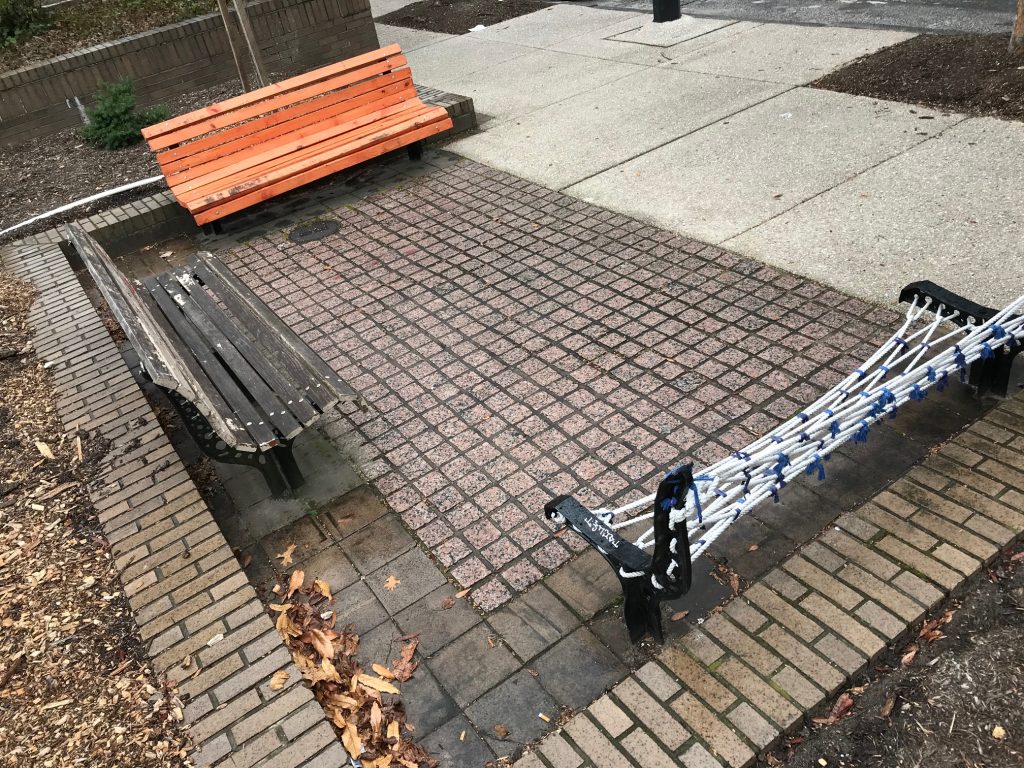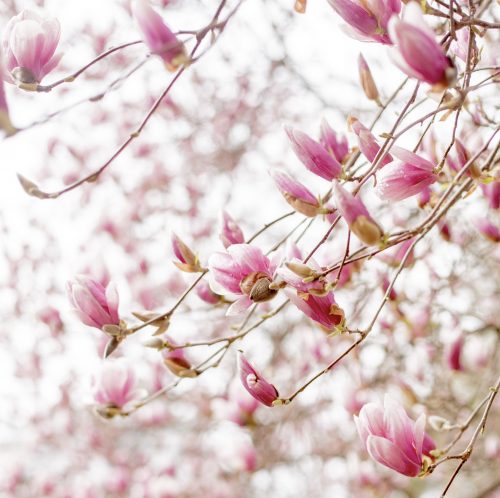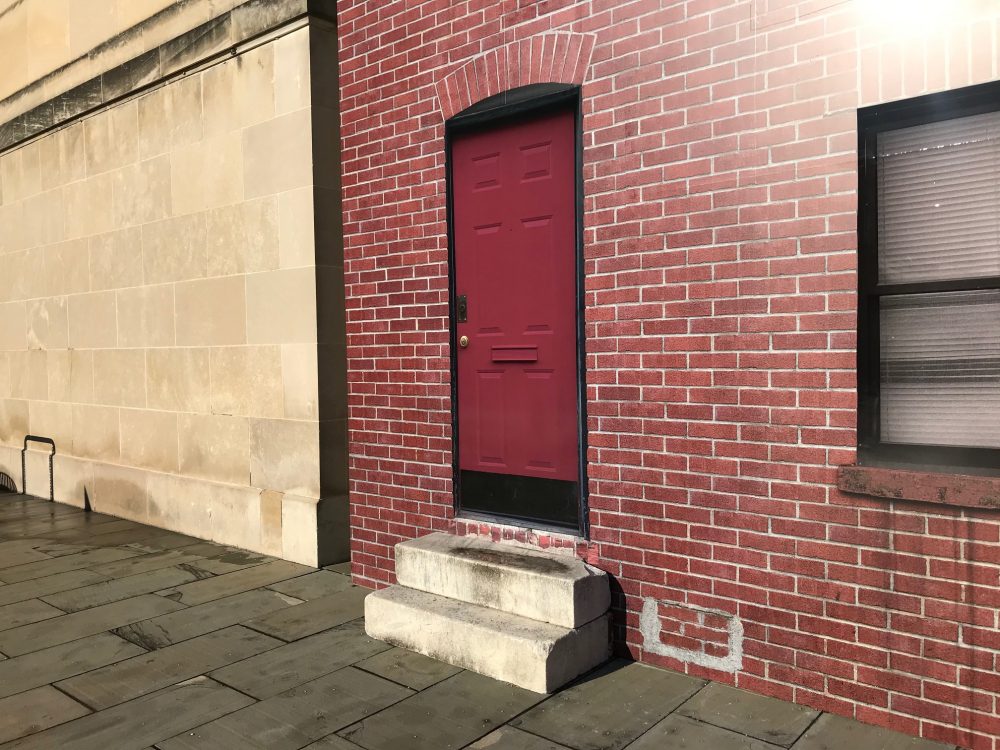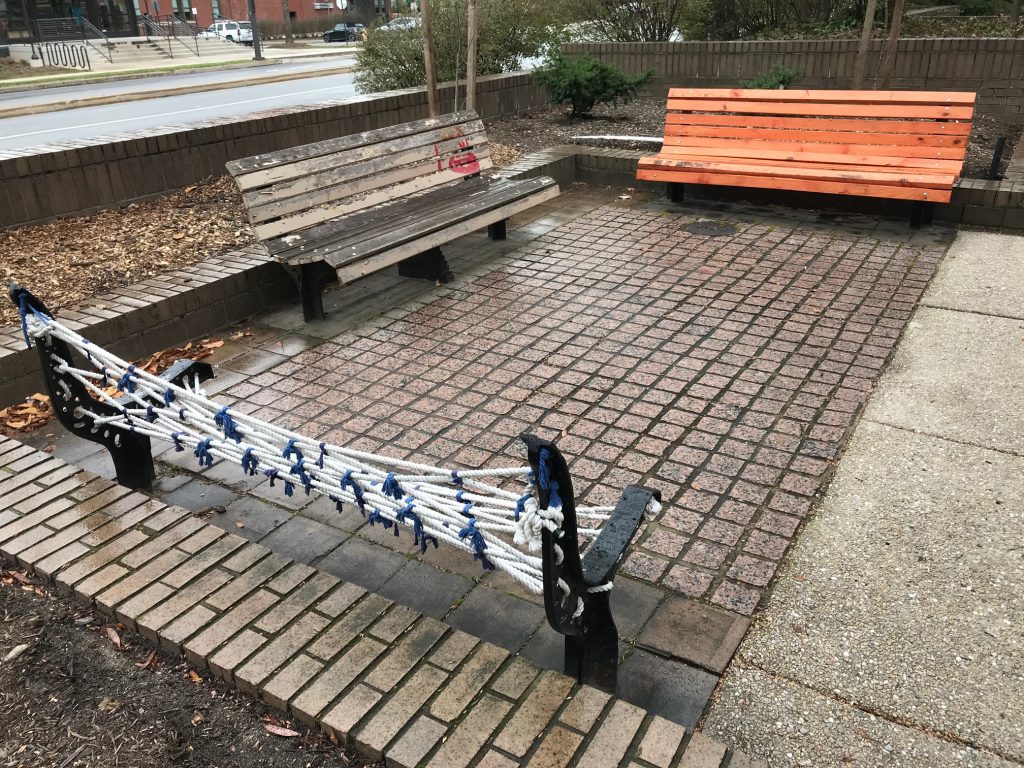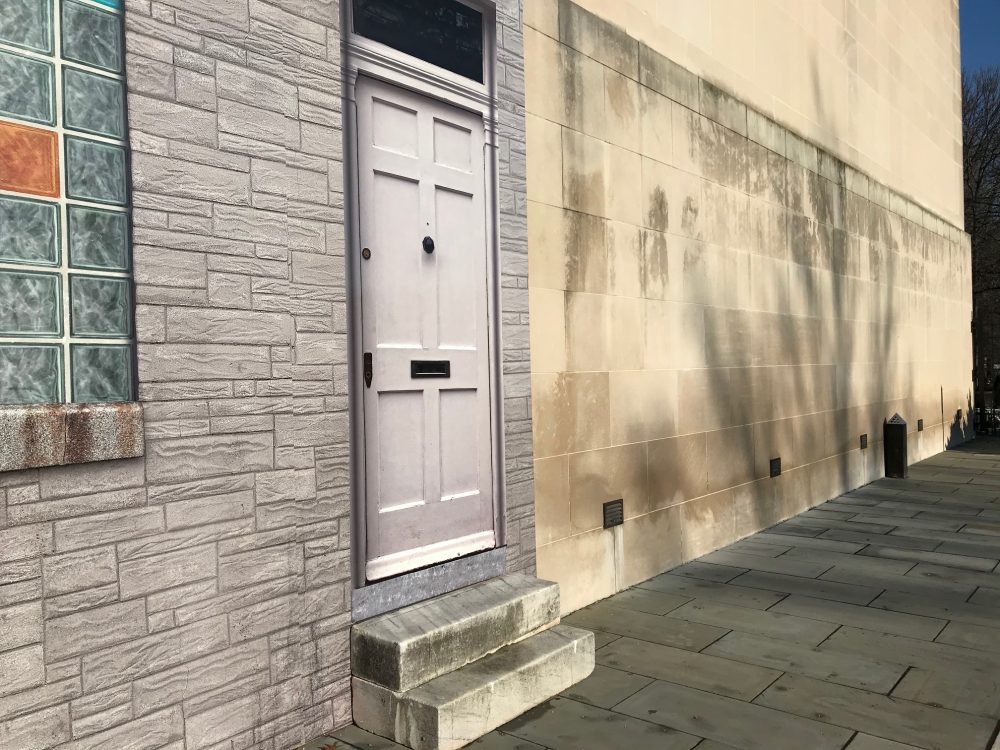All of which brought to mind, in turn, “The Artworld,” an essay written by the philosopher and critic Arthur Danto back in 1964. Fascinated by contemporary artworks such as Andy Warhol’s Brillo Boxes and Robert Rauschenberg’s Bed, which closely imitated or even featured everyday objects, Danto wanted to understand what separated them from their models. What made one box a work of art, while other boxes remained… plain boxes? Ultimately, Danto decided, it was a theory of art: a willingness on the part of the art world to elevate and accept those objects as somehow transformed. Or, as he memorably put it, “The artworld stands to the real world in something like the relationship in which the City of God stands to the Earthly City. Certain objects, like certain individuals, enjoy a double citizenship, but there remains… a fundamental contrast between artworks and real objects.”
The implications of Danto’s argument are considerable—and generously inclusive, and still very much with us. In his view, any everyday object can effectively be transformed into art through the simple will or actions of a single artist, or theorist, or critic. All that’s required, really, is an effort, a gesture, or a proclamation. That toothbrush, that front page from the other day’s newspaper, that patch of grass: all could be called, in a certain context, art. Thus, we all become magicians in a field of potential, moving at once through the literal, quotidian world and at the same time through a rich realm of novelty and re-imagination.
And that, in these days, strikes me as both familiar and even empowering. At a time when the entire world seems both largely unchanged and fundamentally transformed—for that playground swing is still there, but is now tinged with the potential danger of a surface-borne virus—the act of toggling between distinct fields of perception is becoming commonplace, and even necessary. On Mount Royal Terrace, the trees blossom, the brick sidewalk is spangled in sun, and three benches sit waiting. Are they simple seats? Artistic gestures? Safe fields, or contaminated surfaces? They are, for the moment, all of these things, potentially—and it’s up to you to decide how to read them, to class their myriad realities, and to make the most of a complex world.
